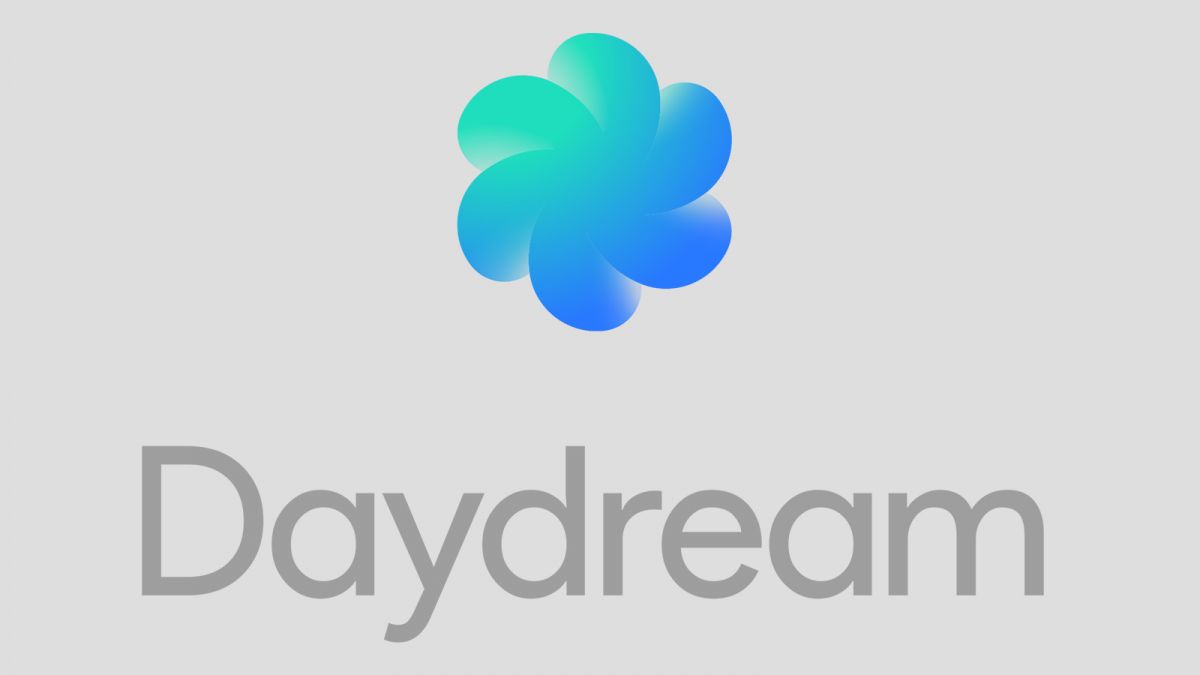
Google Daydream release date, news, features
Update: Google Daydream compatible phones are just starting to launch, minus the necessary update. We’ve added the new information below.
Daydream is Google’s latest attempt at bringing VR to mobile devices, and it’s going to be quite different than Google Cardboard, to say the least.
Unlike Google’s previous somewhat-disposable VR headset, which aimed to get people in the VR door with a low cost and low smartphone capability requirements, Daydream is a more robust vision that has its sight set on providing higher-quality experiences to Android N users.
Daydream will bring even more exciting and absorbing VR experiences to those who can’t afford a HTC Vive or Oculus Rift. Here’s everything you need to know about it.
Cut to the chase
- What is it? Google’s next mobile VR platform
- When is it out? Autumn 2016, along with, or shortly after Android N releases
- What will it cost? Something comparable to the Gear VR
Daydream release date
Daydream, Google’s next VR venture, was announced during the Google IO 2016 keynote and is said to be available within the year.
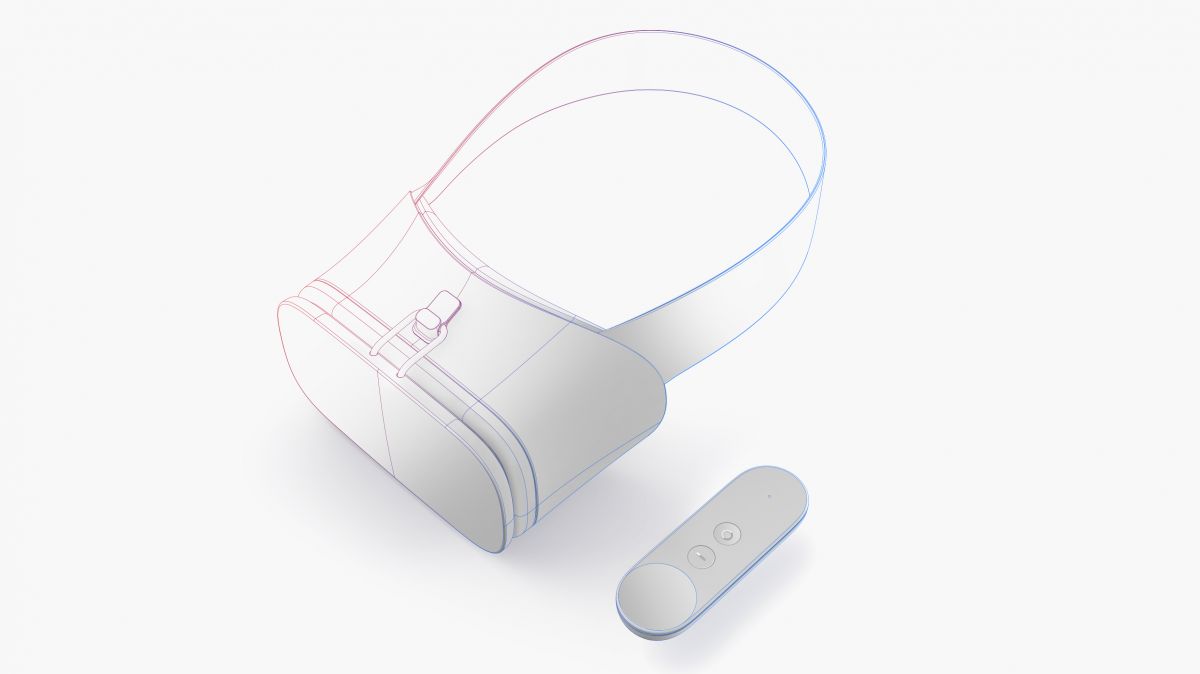
Though no actual headset was debuted, the rough sketch above was shown off during the presentation. It’s a headset and controller created by Google that will act as a reference for other manufacturers to iterate on. If things go smoothly for the Daydream partners, we could see the first headset land this year.
Hoping for a first-party headset from Google? Clay Bavor, VP of VR at Google, confirmed that the company is working on its own to bring to market. You can bet that it will probably look similar to what you see above.
Who will support it?
Google confirmed Samsung, Alcatel, Asus, HTC, LG, Xiaomi and ZTE will produce phones that are “Daydream Ready.”
In fact, the ZTE Axon 7 is the first smartphone announced to be Google Daydream compatible along with ZTE VR. It just needs Android N and Google’s necessary VR maintenance software update to pull it off.
Huawei, the notable Chinese phone maker with a global appeal, also stated it will be making Daydream-ready phones, headsets and controllers.
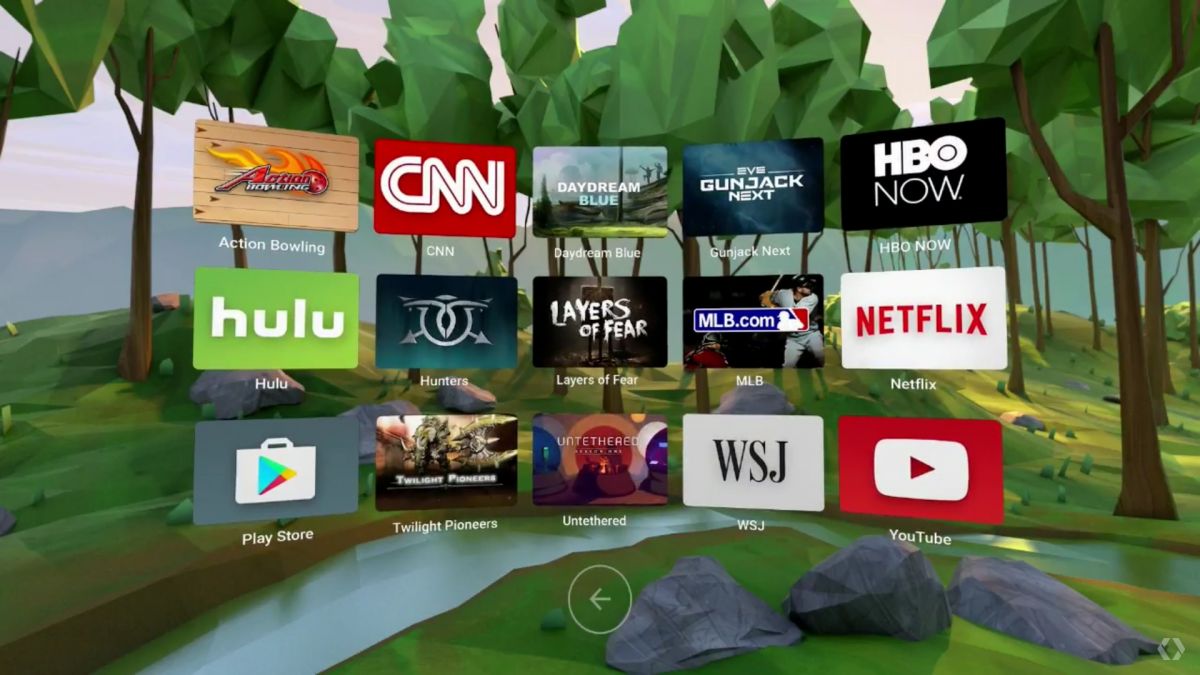
The other manufacturers are yet to confirm work on headsets and controllers for Daydream, but some may be announced closer to the actual release date.
On the software side, Unity and Epic announced development support for Daydream on the gaming side of things.
As Daydream won’t just be limited to gaming, but movies, too, Google announced that its 360-degree camera rig called Jump has been picked up by the likes of IMAX, Paramount, The New York Times and more.
Daydream price
When it comes to VR, we live in a near-perfect world where people with any sort of budget can get their hands on a headset. The Cardboard starts at $15 (£15, about AU$20) and the Gear VR sits at $100 (£80, AU$158,) which is a good price range for those who just want to dabble. Then, we have the $600 (£499, AU$649) Oculus Rift and $799 (£689, about AU$1226) HTC Vive for grabs if you’re ready to dive in head-first.

While we were predicting a standalone headset, Google showed off a little more than we were expecting with Daydream. The reference headset is designed to work with a controller, which will probably hike the price up a bit.
Even so, Daydream headsets will probably position themselves snugly between the somewhat affordable Samsung Gear VR and the more expensive options I’ve listed above. I really can’t see Google choosing a prohibitive cost for a product it’s trying to attract average VR thrill-seekers to.
Daydream design
The Daydream headset shown off during Google IO was but a concept sketch, showing off Google’s groundwork for the project. It’s also letting other companies take hold of the tech, which will likely result in a variety of different looking headsets.
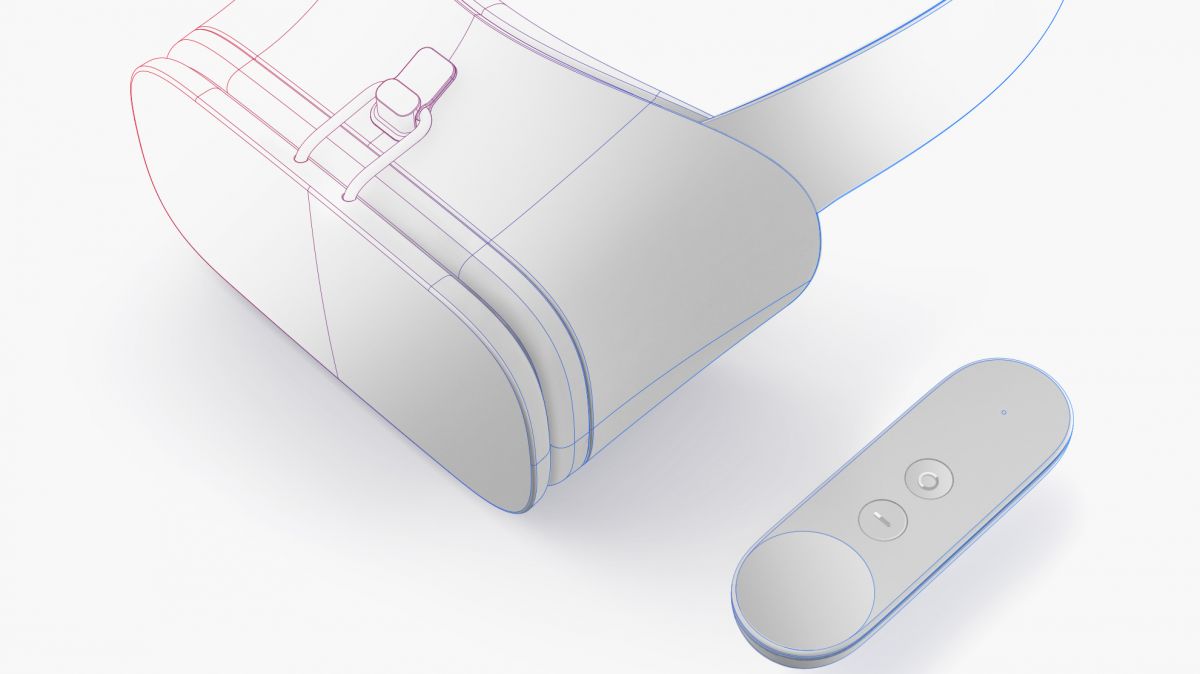
While we don’t know much about the headset, Google has divvied out a few details about its controller, which resembles a Wii remote, and shares some common physical traits from the latest Apple TV touch remote.
On its top, it will feature a clickable touch pad to bring native touchscreen-like gestures to the virtual world. Next down, there is an app button that will put your (you guessed it) apps within view. Lastly, the home button will return you to the home screen of Daydream.
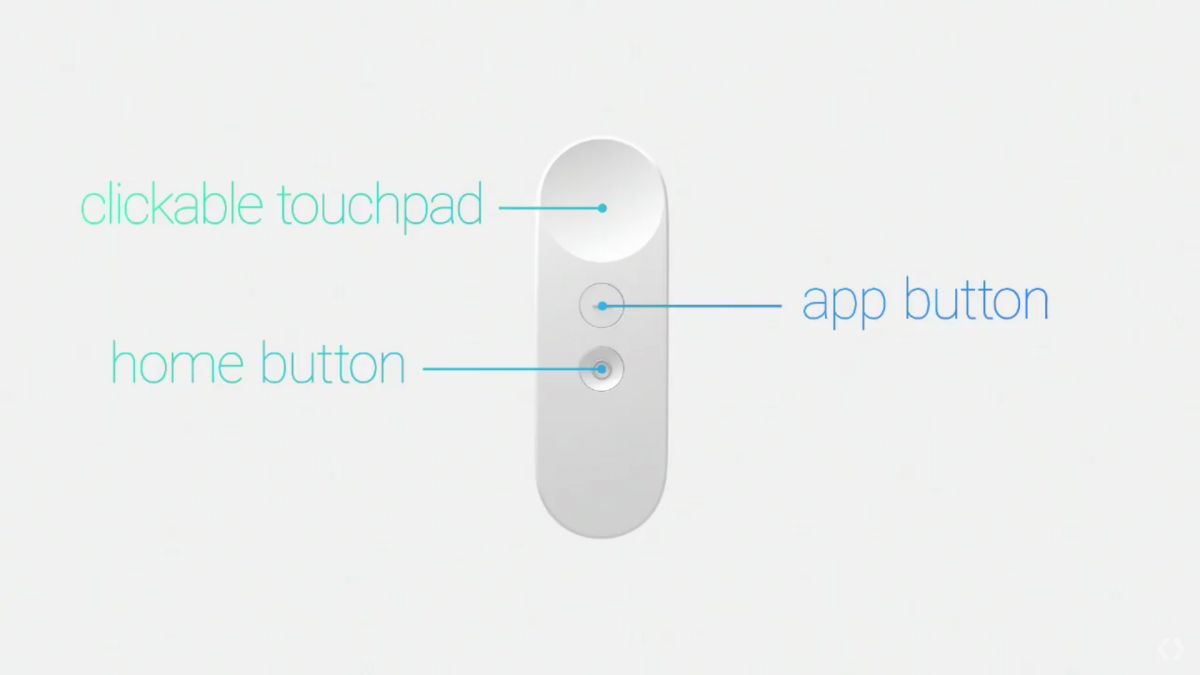
But, in addition to the headset and controller, there’s also an entire user interface within Daydream that’s ripe for discussion.
The Daydream hub looks refined and quite similar (OK, almost exactly the same) to the Oculus Home found within the Oculus Rift and Samsung Gear VR. You’ll use the motion controller to navigate the menus and swap between apps, games and movies.

As Daydream will be deeply integrated into Android N, it was a neat surprise to see that Google has put the entire Play Store within view while wearing a Daydream headset.
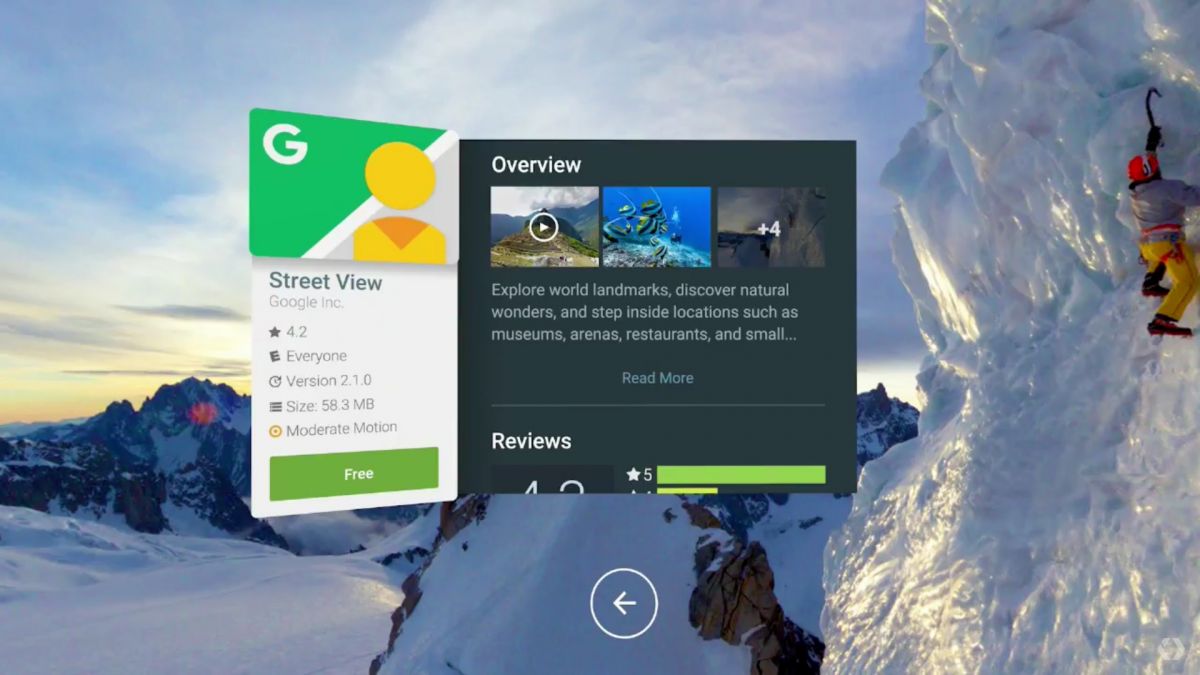
The Google Play Store takes on a familiar look in the VR space, with each individual app having its own rating and description. Google has also added the level of motion that you’ll experience within each app, just so that you know what sort of immersion your’re about to get yourself into.
Daydream performance
Daydream requires these three pillars in order to be a viable VR option: smartphones that are optimized for VR, with a high quality system on chip (SoC) to maintain 60 frames-per-second playback, low persistence displays to eliminate ghosting and lag, and finally, top-notch sensors that operate with minimal latency to boost the sense of presence.
So, what sort of performance can we reasonably expect out of it? Well, you’d be right to think that it really depends on the power of the phone that’s inside.
But, let’s say that you have one of the upcoming Daydream Ready phones and power isn’t much of an issue. Sources have suggested that Daydream will provide better performance than the Gear VR, but (understandably) not as good as what the Rift or Vive can push.
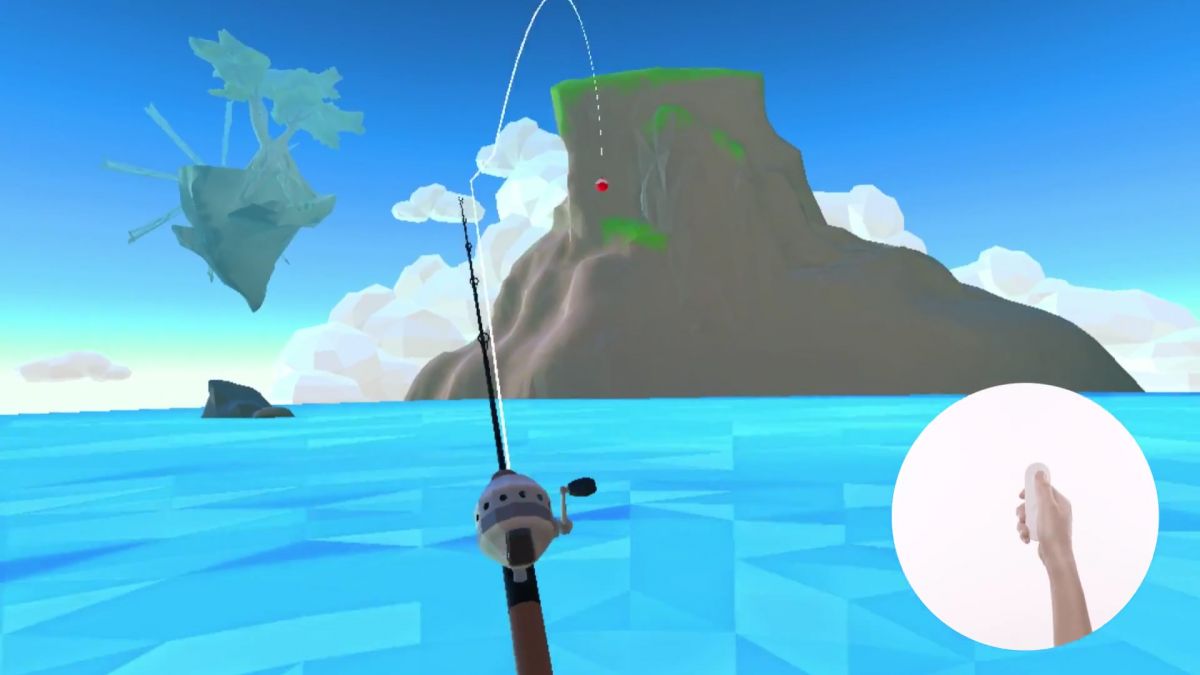
As time goes on, bringing more powerful systems on a chip (SoC) and pixel dense screens along with it, Daydream will begin to play ball on the same court as PC-tethered headsets. But that’s not to say that it won’t be showing some serious promise out of the gate.
Unity and Epic each announced their support for Daydream, which will open the door for game developers to push their next projects out for Google’s new VR platform.
Google is making Android N as VR-friendly as possible. To do that, the Daydream team worked closely with the core Android team to build VR mode, which consists of some new features that will help squeeze high levels of performance out of your daily driver.
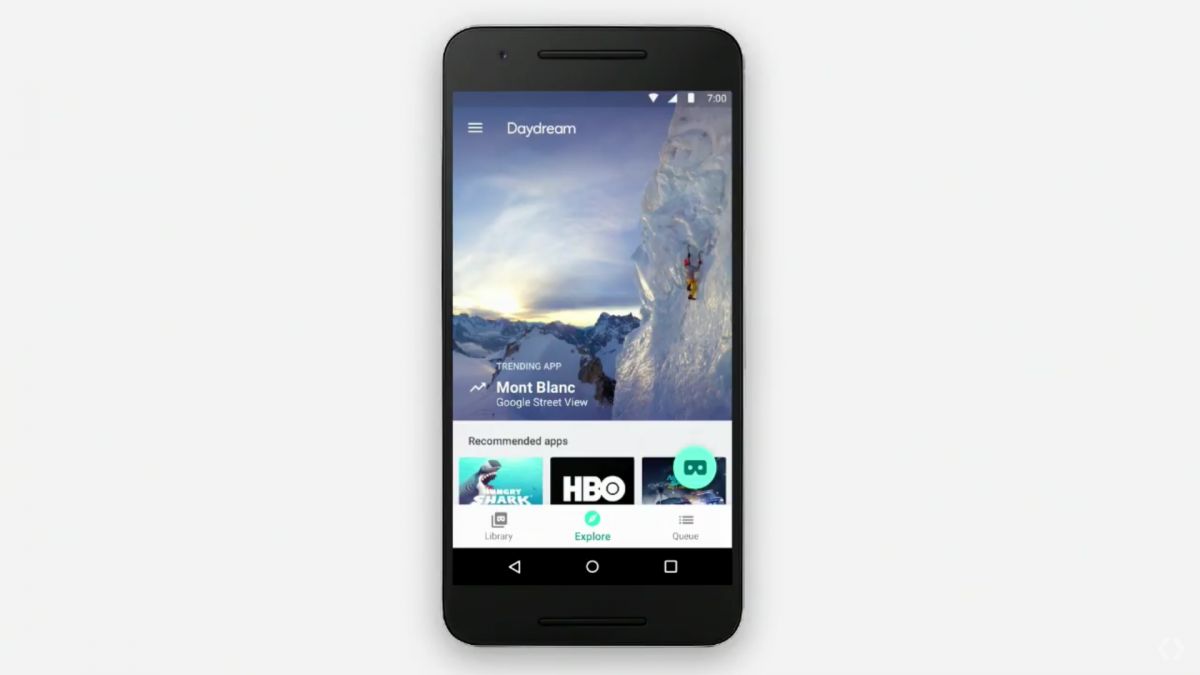
First off, low latency support is coming to Android N to help your actions, like head or controller movements, appear onscreen with minimal delay. Next up, there’s a new sustained performance mode to help phones stay at that high level of performance for a longer duration of time than we’ve seen previously in Cardboard, a notorious battery sucker.
Android N will take full advantage of your Daydream Ready phone’s sensors with new head-tracking algorithms. And, to keep you in the viewer when a call or text comes through, Google has ported several elements of N’s user interface into Daydream.
Daydream + Project Tango
Project Tango is Google’s ambitious VR/AR technology that packs all of the fanciest features you’ve seen in the Microsoft HoloLens into a tablet, or in Lenovo and Intel’s case, some very large phone. It relies on a multi-camera and multi-sensor setup to detect three-dimensional depth and motion, which can digitally map the space around and find your location in it so you can run amok. The end result brings your reality into a virtual one, which holds a ton of promise.
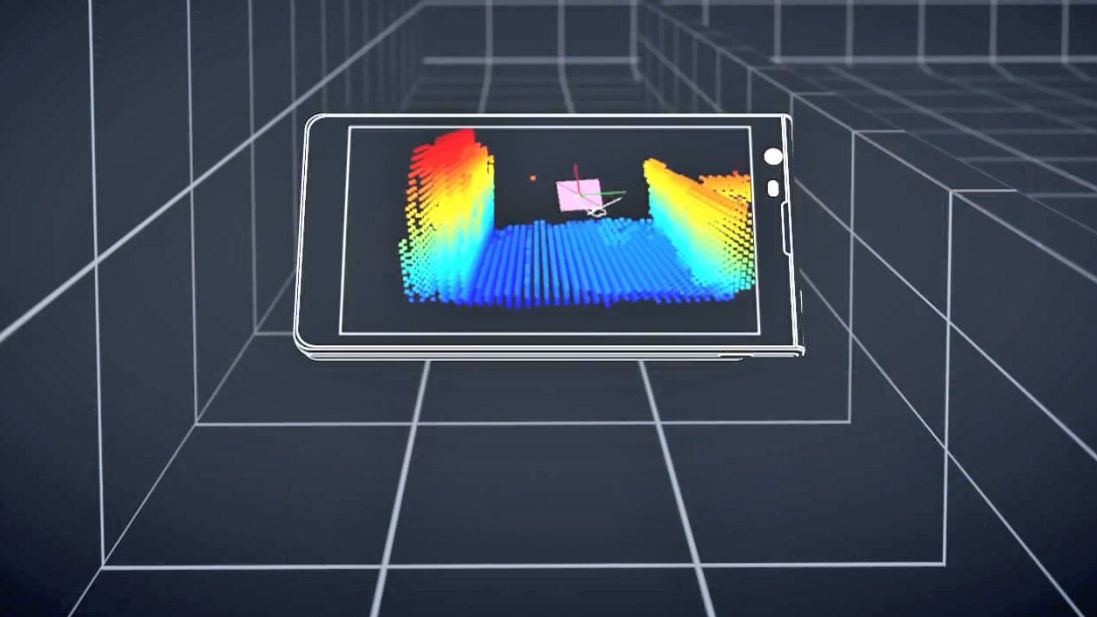
Current applications for the technology include helping you navigate through a museum and getting way more interactive with the art. If that sounds boring, trust me, it’s not. Expanding off of that, will there be games made for Project Tango? You bet. Will Project Tango-enabled phones work with Daydream? Google has confirmed it, but as of yet, hasn’t shed any details on the plan.
Source: techradar.com








































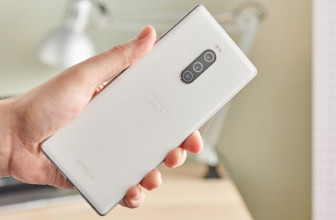
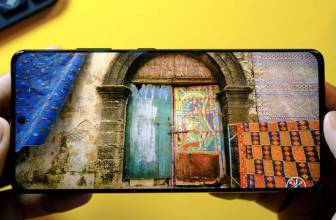
Mobile is the best no one wants to be tethered to a pc tying themselves in knots
I hate foresight